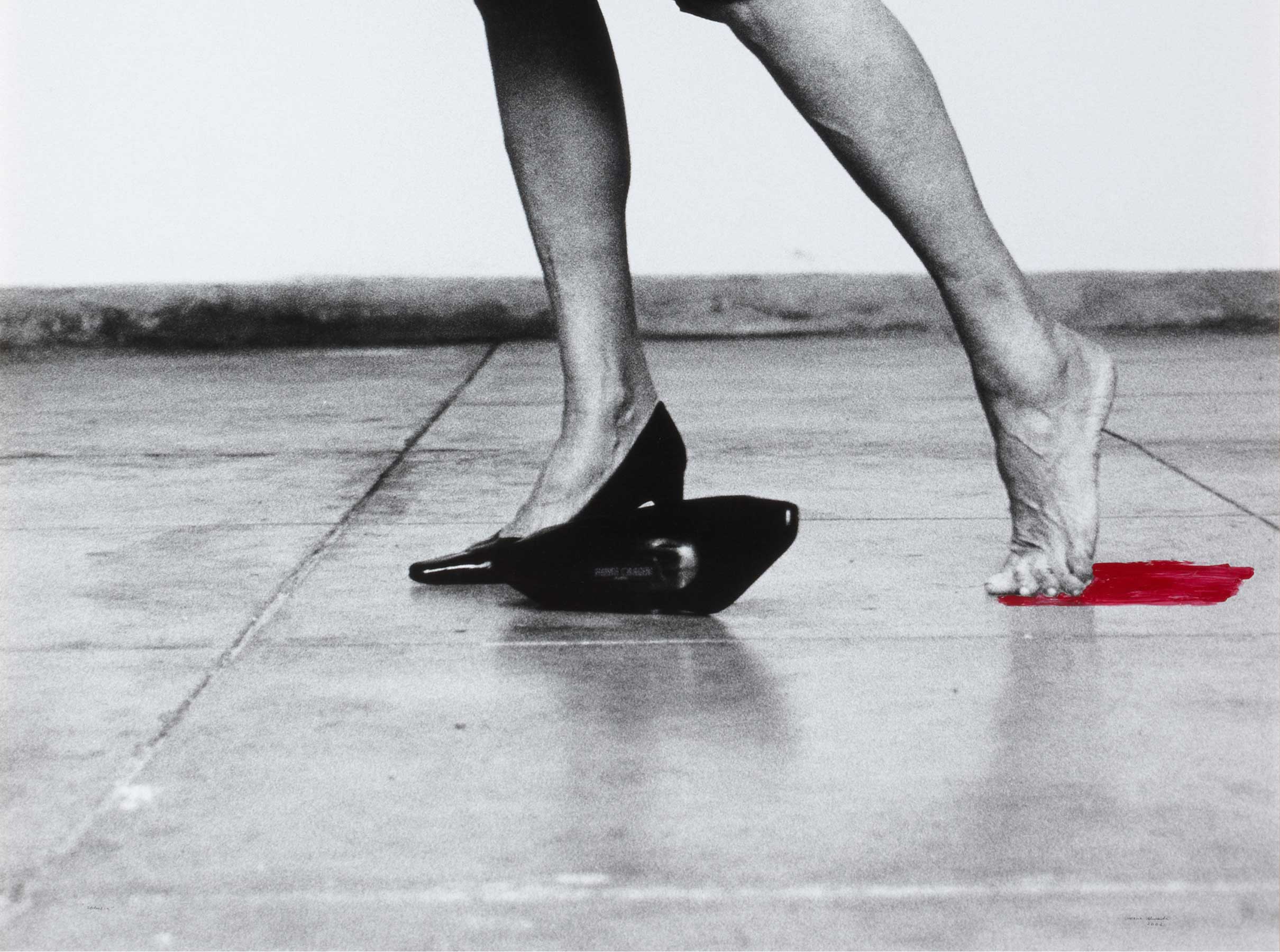Pintura gris rosa [Pink grey painting]
- 1969
- Oil on canvas
- 90 x 100 cm
- Cat. P_648
- Acquired in 2001
Typical of artists operating outside the norm and the academic field, Gómez Fernández only had to wait long enough to find the right time to do what he wanted. He worked as a bullfighter, sign painter, house painter and a drummer in a jazz band. He won the First Prize for Painting at the San Sebastian Competition with his Cubist Christ in 1954. He enrolled in the city's School of Arts and Crafts, from which he was expelled shortly afterwards for insisting on drawing only an arm or a leg rather than complete models. It was not until 1958 that he finally managed to stage his first exhibition at the Ateneo de Gipúzcoa. He then travelled to Paris where he visited museums and art exhibitions and met Manuel Hernández Mompó, Modest Cuixart and Antonio Saura. On returning to Spain in 1959, he settled in Bilbao, where he began to work with the Galería Grises — which represented the El Paso group — and met Fernando Zóbel, who was decisive in his decision to move to Cuenca in 1968. He stayed in Cuenca for more than twenty years, participating directly in the city's artistic and intellectual life and rubbing shoulders with its leading lights, Antonio Saura, Manolo Millares and Gerardo Rueda.
Bonifacio eschewed labels, preferring to operate outside the confines of any specific movement. Throughout his career he produced a body of work which, although highly original, unique and personal, showed some slight influences of artists such as Roberto Matta, Willem de Kooning, Pierre Alechinsky and the Cobra group. After his short stay in Paris, where he encountered first-hand the work of artists such as Chaim Soutine, Francis Bacon and others, he began to explore a terrain somewhere between abstract art and surrealism, with his own very personal interpretation of abstract expressionism.
From 1968, he devoted himself exclusively to paintings and experimented with engraving techniques. This piece, Pink Grey Painting (1969) is a good example of his work from this time. Here the artist has chosen to occupy the entire pictorial surface with large stains of austere tonality on interspersed white backgrounds. He demonstrates his interest in viewing his art work not so much as an answer or a statement, but as a single step in an investigation, posing a problem, formulating a doubt or a kind of insecurity in a constant transition between logic and uncertainty.
Other works by Bonifacio Gómez Fernández

![Pintura gris rosa [Pink grey painting]](/f/webca/INF/assets/img/fff.png)